The case of teenager Tara Calico is one of true crime’s greatest mysteries. Cold cases aren’t uncommon in the archives of historical crimes.


Still, there’s something that sets Tara’s case apart from all other macabre mysteries: a Polaroid photo allegedly depicting Tara bound at her hands and feet with duct tape covering her mouth, found after her vanishing.
The young woman in the image, who looks visibly afraid, has a young boy lying next to her, also bound and gagged. It’s a jarring image, made all the more sinister by its puzzling origins.
Tara’s 1988 disappearance and the desperate search for her have been much discussed over the years, with one huge question still looming: what really happened to Tara Calico?
The Day Of The Disappearance
On the sunny morning of September 20, 1988, 19-year-old Tara Calico set off from the family home to go on a bike ride.
Tara was a regular bike rider, taking the same route every day: doing a lengthy stretch of Highway 47 in Valencia County before doubling back to head home.
The highway was busy, but Tara would always keep a few meters away from the road as she completed her regular route.
Sometimes, Tara’s mother would accompany her on these rides.
Patty Doel often worried about Tara’s safety as she ventured out on her solo rides, concerned not just about an accident but also about someone spotting the lone cyclist and taking advantage of her vulnerability.
Tara often wore her Walkman while she rode, which Patty felt made her daughter more prone to attack.
She would ask her daughter to consider carrying some mace with her when she ventured out on her own, a plea Tara didn’t heed.
On this fateful day in September 1988, Tara had a busy schedule.
She was aiming to complete her bike ride in just three hours: starting at 9:30 am and finishing at 12:30 pm. Then, she was going to get ready to meet her boyfriend and play tennis.
Tara knew she was cutting it fine by trying to squeeze her bike ride into a three-hour slot, so she asked her mother to come pick her up if she hadn’t returned home by midday.
Patty agreed and said goodbye to Tara, waving her off from their Belen, New Mexico home. Dressed in her usual attire of a t-shirt, shorts, and tennis shoes, outdoor-loving Tara turned her Walkman on and sped away.
Patty would never see her daughter alive again.
The Tragic Timeline
Tara had borrowed her mother’s bike that day since hers was getting fixed at the time. The bright pink frame of the bike was certainly noticeable, ensuring all traffic was aware of the cyclist along the busy highway.
When it got to around midday, Patty set off to collect her daughter. As she’d done many times before, she drove along Highway 47, expecting to see Tara cycling before pulling up to drive her back home.
However, on this occasion, Tara was nowhere to be seen on the road. Patty even did a double loop to make sure she’d not somehow missed Tara on the neon pink bike.
Patty knew something was amiss; Tara never veered off from her route, and she would not have been able to get home so soon in the day.
The panicked mother called the Valencia County Sheriff’s Department to file a missing persons report.
There was clearly no sign of Tara on the highway. There was one sinister piece of evidence that was found, though; pieces of her Walkman and the cassette tape she was listening to were discovered along the roadside.
This led Patty to conclude that Tara had been abducted and had scattered pieces of her Walkman to alert people she’d been kidnapped or to mark her trail.
It wasn’t just the authorities who set out looking for Tara; hundreds of volunteers banded together to search the area in the weeks that followed her disappearance.
Along with her broken Walkman, her tire tracks were found. They ended in a skid, leading Tara’s family to believe she was forcibly stopped and abducted.
With the case now being covered heavily on the news, witnesses who saw Tara on the morning she disappeared came forward.
The last known sighting of her was just before midday, and she was heading in the direction of her home. The last person to see Tara noted she still had her headphones on when they drove past her at 11:45 am.
Tragically, Tara’s mother missed her by mere minutes when she went to pick her up.
The same witness also offered another piece of potential evidence: they stated an old, light-colored camper van was tailing Tara. The witness wasn’t able to get a good look at the driver but noticed they seemed to be following her.
Months passed, and this remained the only tidbit of information available to the police.
The local volunteers who’d spent weeks searching for Tara also came up with nothing. The trail had gone cold.
Then, in June 1989, the perplexing case took an even more ominous turn.
The Sinister Polaroid
Roughly 1200 miles from where Tara was last seen in New Mexico, a woman from St. Joe, Florida, happened upon a strange Polaroid in a parking lot.
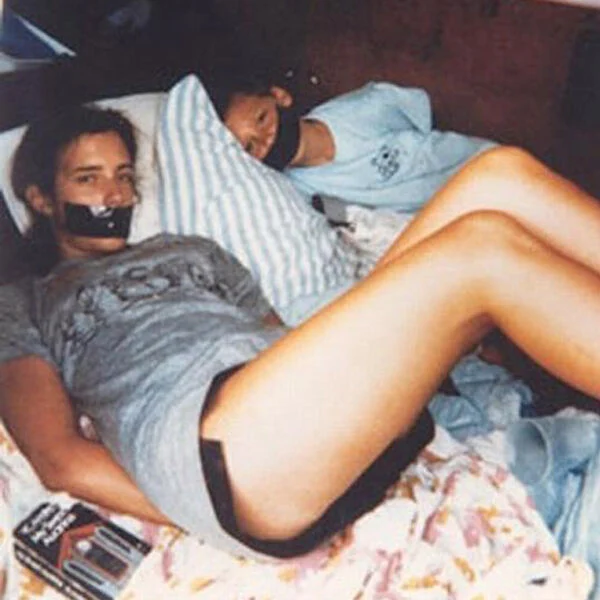
She was heading to the local convenience store to pick up some essentials when she pulled up beside a white Toyota cargo van. She noticed the driver was a male, roughly in his 30s, who sported a mustache.
She thought nothing more of it until she exited the convenience store to get back in her car. The white van had gone, but in its place was a Polaroid photo. The woman picked it up and was horrified at the image.
It showed a young woman, perhaps mid to late teens, bound and gagged. Next to her was a boy in the same predicament, both of them looking terrified. She called the police and handed over the alarming photo.
The police worked quickly to apprehend the driver of the Toyota, setting up roadblocks to stop him from fleeing too far from the scene. Sadly, it seems they were too late. The driver of the van was never identified.
Still, the police had a photo depicting two people—one of whom was a child—held against their will.
They focused on trying to identify the individuals, and while investigating the Polaroid, found that the photo was taken after May of 1989 since the film used wasn’t available for sale prior to that.
The image became headline news for a while and was featured on many prime-time TV shows and news segments.
Eventually, friends of Patty Doel, who’d seen the Polaroid featured on the news, rang her to let her know about the image.
The girl in the photo looked just like Tara. When Patty and her husband, John Doel, saw the Polaroid, they agreed: it was almost certainly Tara.
Around the same time, the boy in the photo was identified as Michael Henley, who’d also vanished in 1988. He’d been camping with his father in the Zuni Mountains and had wandered off.
However, this turned out to be a false identification since Michael’s remains were found in 1990 in the Zuni wilderness. It’s believed he strayed too far from camp and died due to exposure.
Still, Patty and the rest of Tara’s family were convinced the young woman in the photo was her. Not only did it look just like her, but the woman in the photo had a scar on her leg in the same place Tara did.
Ominously, laid right next to the woman was a book, “My Sweet Audrina” by V.C. Andrews. Patty told the police this was her daughter’s favorite book.
Subsequently, three organizations examined the Polaroid, each with a different opinion on the photo.
Upon examining the picture, the FBI couldn’t decide if the woman in the image was Tara.
Scotland Yard came back saying there was an 85% chance that the woman in the Polaroid was Tara.
The Los Alamos National Laboratory decided that the person in the image was not Tara Calico.
Three different outcomes for the same image didn’t help advance the case at all. In fact, it made it all the more perplexing.
Believing it was definitely Tara in the photo, her family began a campaign to find her, going on talk shows and being interviewed for documentaries to get the story out there in the hopes someone had some more information.
An episode of “Unsolved Mysteries” is dedicated to the case, and a slot on “America’s Most Wanted” was utilized to try to gain traction on Tara’s disappearance.
Sadly, nothing came of them.
Theories Of Tara’s Vanishing
In 1998, Tara was declared officially dead, with her death being ruled a homicide.
As with all cold cases and unsolved crimes, many theories have surfaced over the years about what happened to Tara Calico.
One of the more prominent ones was that she was the victim of a hit-and-run.
A Valencia County Sheriff would come out and state he knew what really happened to Tara: two males who knew her drove behind her as she rode along the highway.

An accident ensued, causing Tara to get injured. The two boys panicked and lifted Tara into their vehicle, driving away with her.
According to the Sheriff, another two boys would join in to help kill Tara.
The Sheriff stated he was still building his case. However, he struggled to put a solid case together without a body and never revealed the evidence he had gathered to support his hit-and-run theory.
Tara’s family has condemned the Sheriff for making these comments without backing it up with evidence.
Then, in 2013, another break came when a dying man named Henry Brown said he knew who killed Tara: a man named Lawrence Romero.
Lawrence allegedly admitted to Henry that he and two others, Leroy Chavez and Dave Silva, knocked Tara off her bike, kidnapped her, and took turns assaulting her.
When she threatened to report the attack to the police, Lawrence told Henry he fatally stabbed her. Leroy and Dave allegedly held her down as he did so.
No arrests were made on the back of this claim.
However, the fact that Lawrence Romero was the son of a deputy at Valencia County Sheriff’s Department has caused many internet sleuths to suggest his father successfully covered up the murder.
Then, there’s the theory that Tara simply wanted to run away and staged her disappearance to start a new life.
There is no evidence to support this theory, though it’s the only one that offers a small glimmer of hope that she’s still alive.
The FBI is offering a $20,000 reward for information leading to Tara’s identification or location, making it clear they’re not letting the cold case go unsolved.
Despite the case being over three decades old, in 2023, a new hope was shone on Tara’s disappearance.
Sheriff Denise Vigil announced that there was sufficient evidence to submit the investigation to the district attorney’s office for review of potential charges.
While she didn’t offer the names of any suspects or persons of interest or the evidence collated to press charges, it’s clear there has been some promising movement in the case.
In a cold case rarity, we may soon know who killed Tara Calico, and the perpetrator could be brought to justice over 30 years after their crime.
Sources
https://www.newspapers.com/article/albuquerque-journal/21236946
https://owwlogy.com/tara-calico-shocking-disappearance-and-polaroid
https://www.kob.com/new-mexico/4-investigates-new-leads-in-the-tara-calico-case


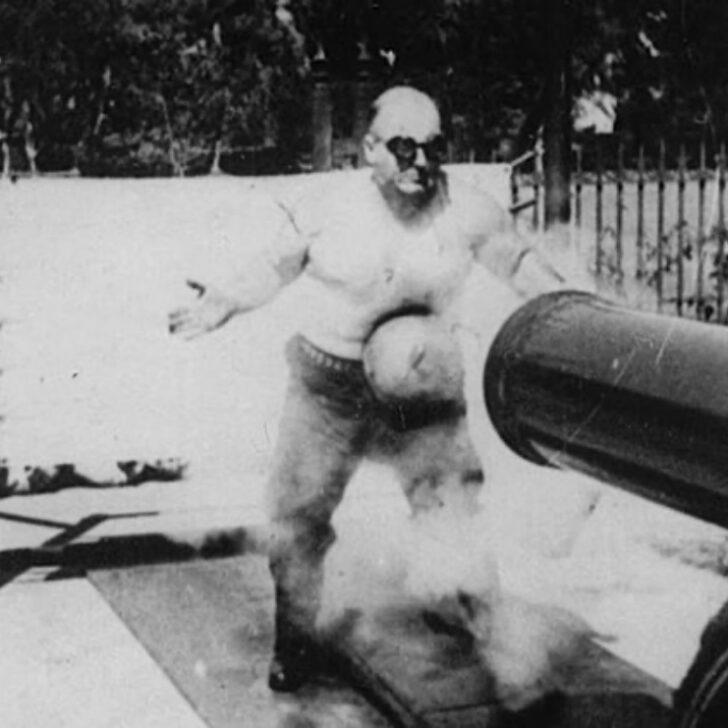
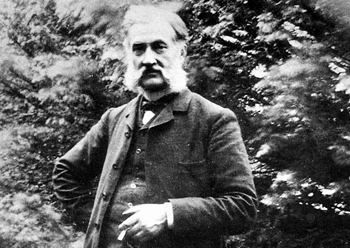





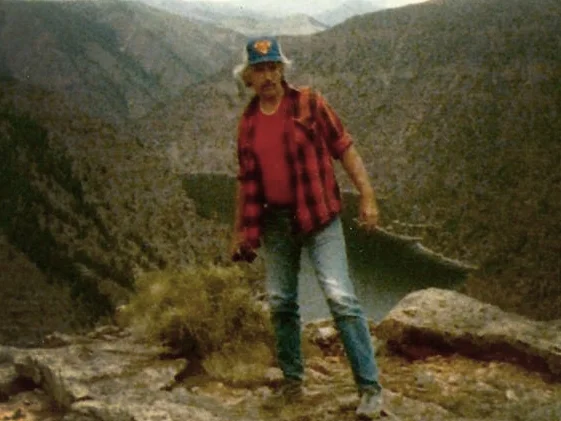
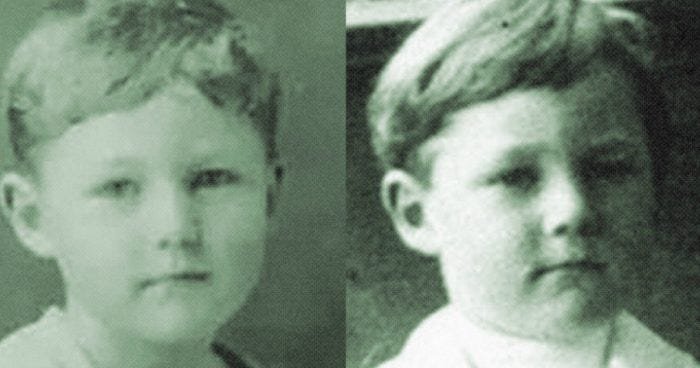

Leave a comment